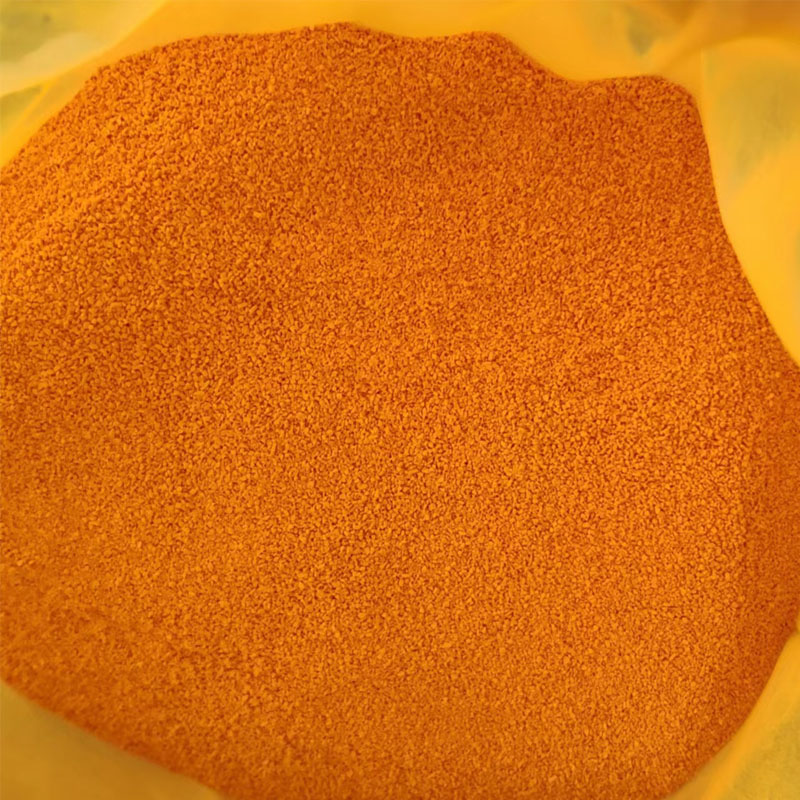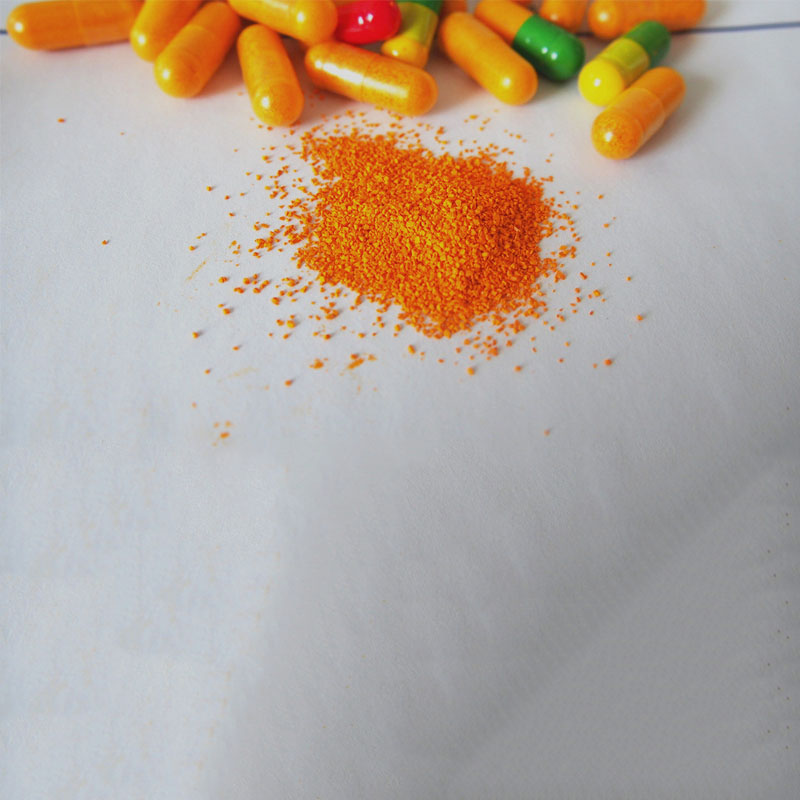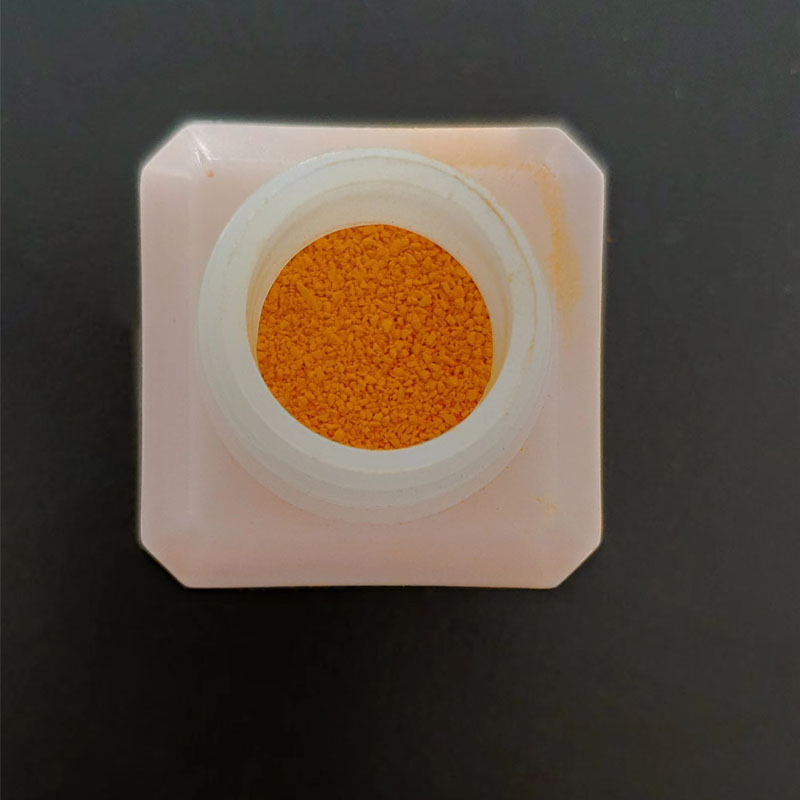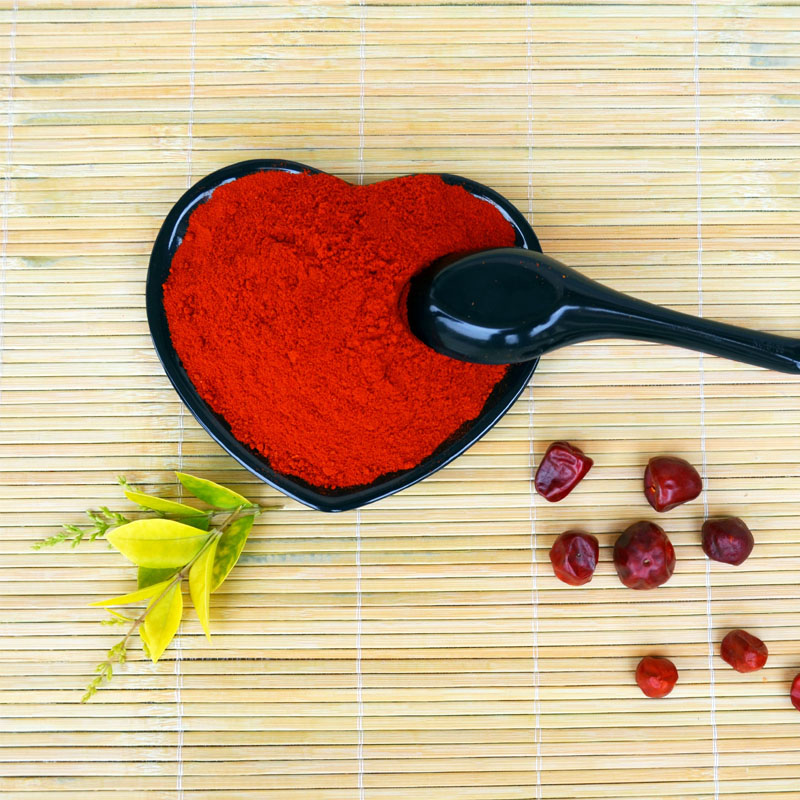Introduzzjoni tal-Prodott
Chemically, curcumin is a diarylheptanoid, belonging to the group of curcuminoids, which are phenolic pigments responsible for the yellow color of turmeric.
Laboratory and clinical research have not confirmed any medical use for curcumin. It is difficult to study because it is both unstable and poorly bioavailable. It is unlikely to produce useful leads for drug development.
Laboratory and clinical research have not confirmed any medical use for curcumin. It is difficult to study because it is both unstable and poorly bioavailable. It is unlikely to produce useful leads for drug development.

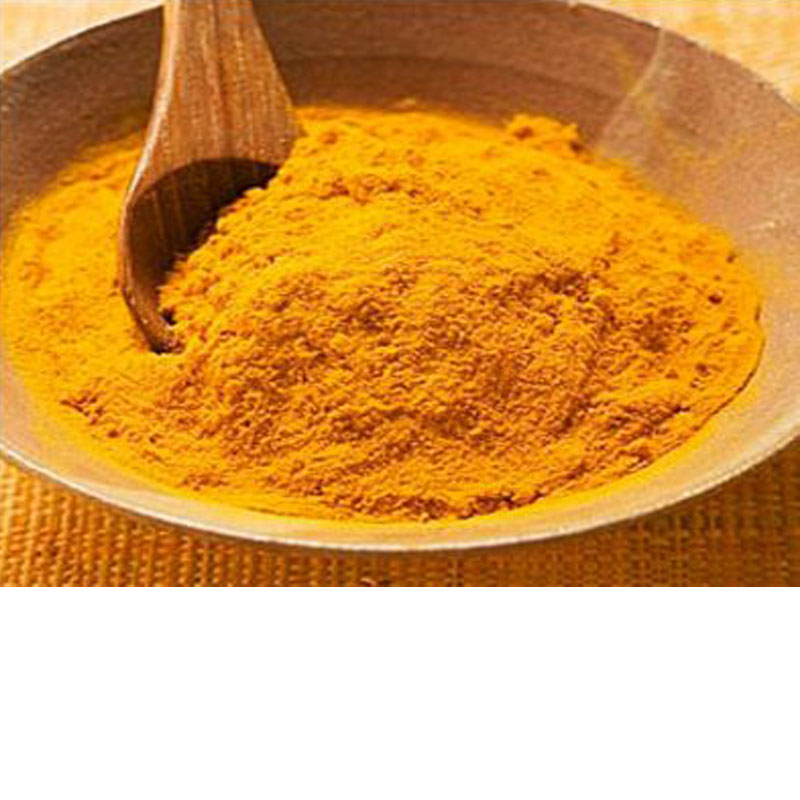
The most common applications are as an ingredient in dietary supplement, in cosmetics, as flavoring for foods, such as turmeric-flavored beverages in South and Southeast Asia, and as coloring for foods, such as curry powders, mustards, butters, cheeses. As a food additive for orange-yellow coloring in prepared foods, its E number is E 100 in the European Union. It is also approved by the U.S. FDA to be used as a food coloring in US.
L-aktar popolari huwa 95% curucmin li huwa popolari bħala l-ingredjent ewlieni tal-prodotti nutrittivi tal-curcumin, Ippakkjat f'kartuna ta '25kg b'borża PE ta' ġewwa ssiġillata.
L-estratt tat-turmeric tagħna b'addittiv ZERO issa huwa bejgħ sħun lill-Amerika, l-Afrika ta 'Fuq, l-Ewropa u eċċ. Ċertifikati ISO, HACCP, HALAL u KOSHER huma disponibbli.
Ikteb il-messaġġ tiegħek hawn u ibgħatilna
